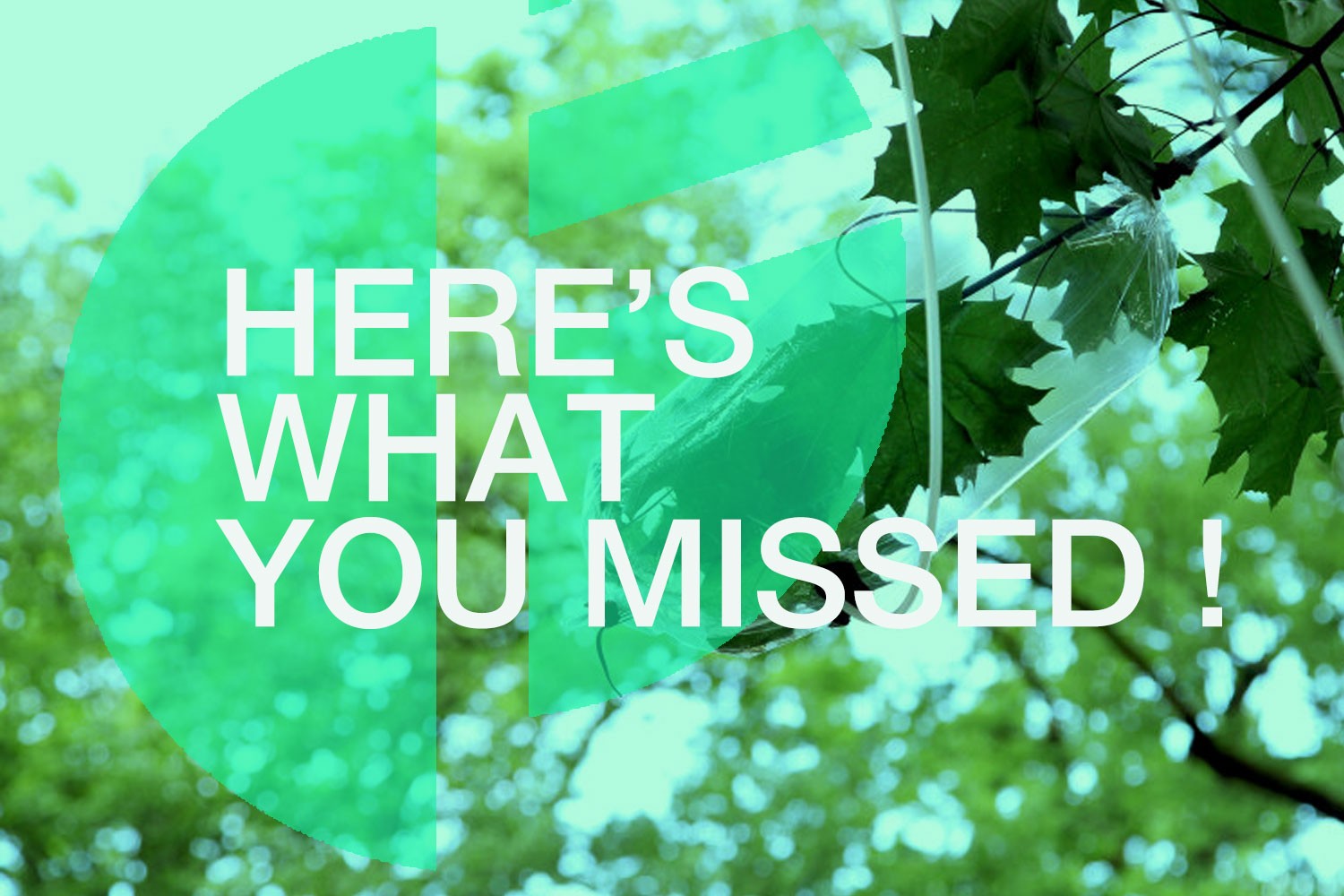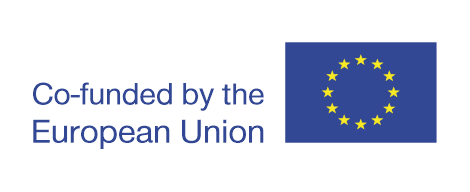The summer was fruitful, and the Future DiverCities partners came back with exciting news and engaging activities in their pilot sites. To celebrate our first year since the project’s launch, the audience was invited to a series of events, openings, open calls, and a festival.
From June until September, in the mountainous and green area of Londa (Florence), the selected artists Luca Boffi (Alberonero), Agnese Banti, Simone Carraro, and Iacopo Seri traveled to the Montagna Fiorentina aiming to design work in dialogue with the village and the surrounding nature within a path conceived to emphasise the relationship and the practice of making. Our partner LAMA presented the finissage of this first artist residencies “A dimora” and the work was part of the festival “Many Possible Cities” (28-30 September).
Meanwhile, Public Art Lab launched the Future DiverCities project in the 23 hectares Spreepark in Berlin with many activities organized, from April to July, such as mapping and experimental cartography, workshops, excursions, field trips, and an open-air exhibition together with biologists, urban planners, curators, and climate activists. Public Art Lab explores new paths of biodiversity, sustainability, recycling, and renewable energy solutions in a co-design process with stakeholders and citizens.
In Kuopio, the 2023 edition of our partner Anti proposed a pre-event (8-9 September) with a seminar, multidisciplinary projects, discussions, guided walks, and performances. This international annual event, presenting site-specific works, acted as a mirror of the changes taking place in its hometown, while the city itself became a stage for the festival’s works.
In Zagreb, our partner Kontejner opened its new venue (15 September) after more than 20 years of work in the field of contemporary art and culture. The audience was invited to discover this new space for cultural programmes and join a biochemical and bio-poetic installation.
Finally in Marseille, our two partners, Friche la Belle de Mai and Chroniques, both located in the Belle de Mai district, have collaborated with the residents to organize a series of urban walks, surveys, workshops, and interviews to collectively define and finalise the specific location of their intervention. They launched an open call to select a collaborative and interactive project with the goal of fostering a collective engagement with the utilisation of public spaces, promoting ecological transition initiatives, and proposing a visual intervention that emphasises on the revitalisation of this “vacant” area.



